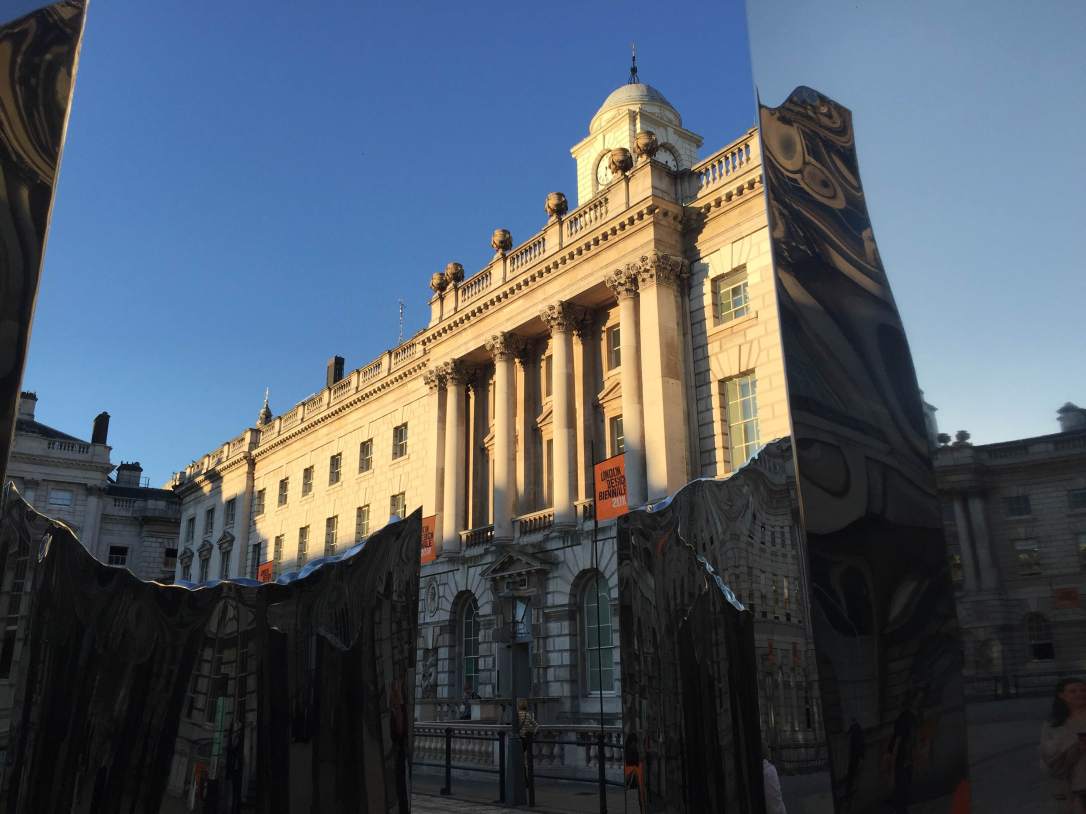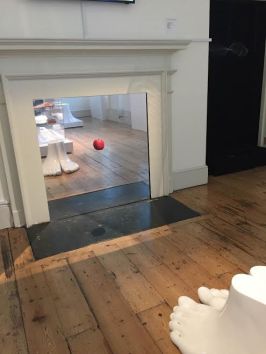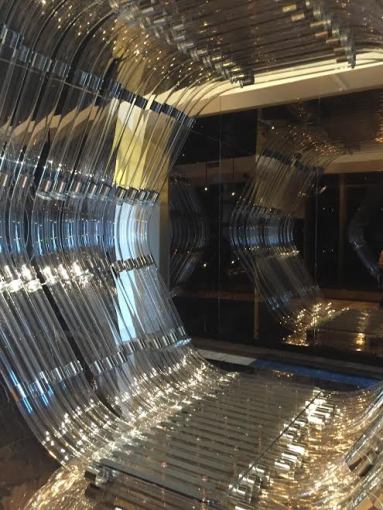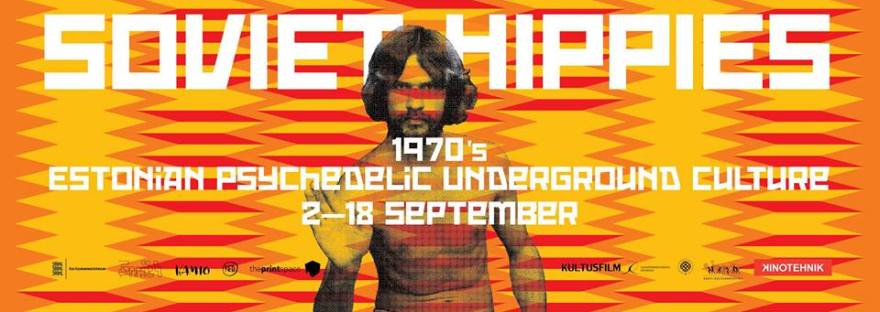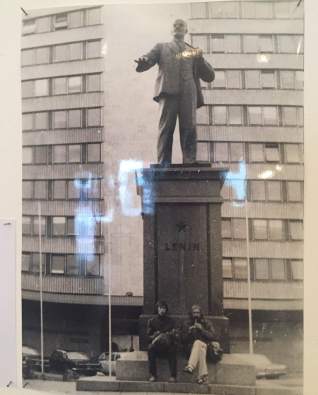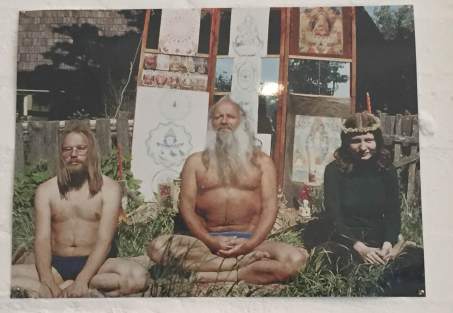Transformation, the exhibition curated by Arpna Gupta by Create Culture put together eight amazing up-cyclers, eco-warriors, material scientists and artists whose work to give second life to unwanted materials.

Create Culture the Indian Design Platform back to the London Design Festival, after its 2015 debut – this time exploring the theme of Transformation.
It takes inspiration from the reuse, re-purposing of everyday Indian objects. Economic growth and rapid urbanization has meant that India has gone through a dramatic transformation in recent years: places that were sleepy towns just a decade ago, have evolved into unrecognizable mega-cities. Both new and old cities produce large quantities of waste, which is by and large poorly managed. Most of the recycling is done by an unorganized group the ‘kabariwallahs’ – who handpick, sort and transport tonnes of waste in every corner of the country.
The exhibition showcases a group of Indian designers embraced the concept of transformation and reuse it as aesthetic principle.
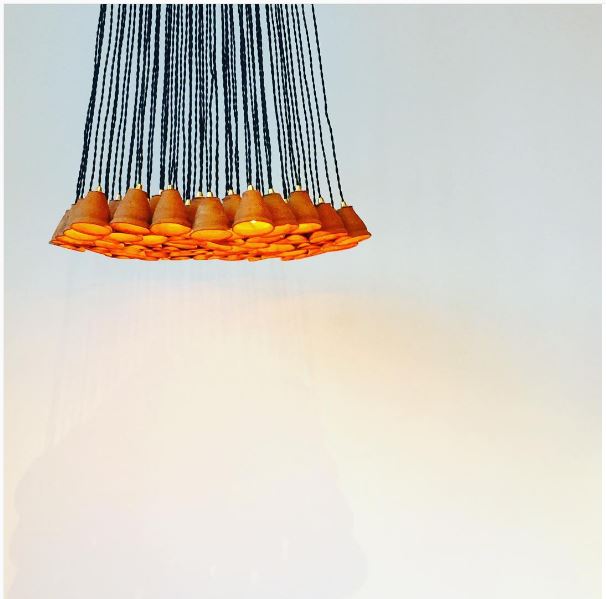
Curator Arpna Gupta says: “With so much emphasis on high design and high-tech in typical design shows, an exhibition focusing on waste as a resource brings a new perspective to the international conversation about designing for life in contemporary cities.”
The exhibition is designed by Scottish-Indian artist Jasleen Kaur, whose work is focused on social histories manifested in materials and objects. For this exhibition, she creates display plinths using industrial-sized food cans, 2.5 kg containers for tomatoes, chickpeas, spinach, oil and other foodstuffs.

Minimalist and experimental, the work of the Mumbai based architects Disney Davis and Nitin Barcha from Studio Material Immaterial. Each project reuse textile material. The Papier – Mache’ are lightings inspired by natural objects, from flowers, mushrooms, to fern and mosses.
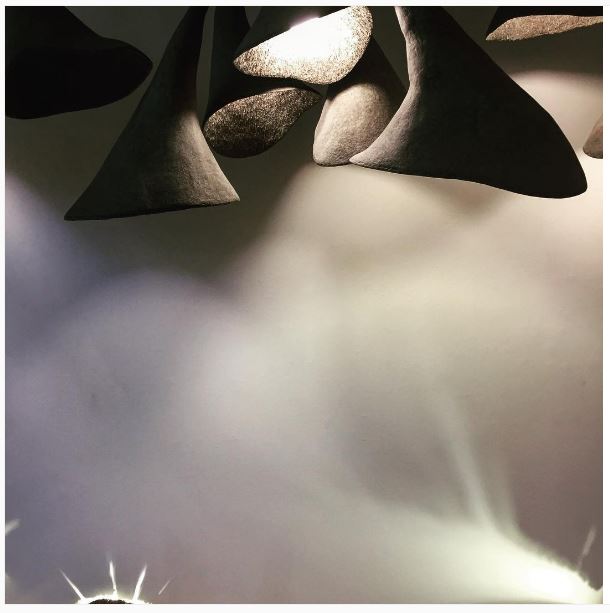
Transformation gives new creative ideas, pushes the boundaries of design and questions traditional perceptions to new challenges of consumption.
Transformation is part of the London Design Festival.
You can visit the exhibition from 19th -25th September at the Guardian Gallery – Kings Place, 90 York Way, King’s Cross London N1 9GU.

